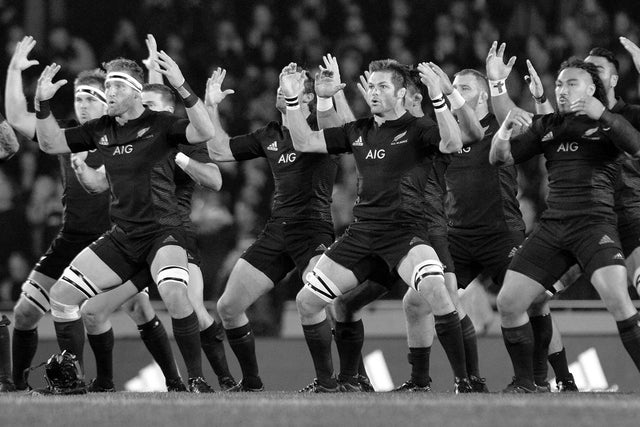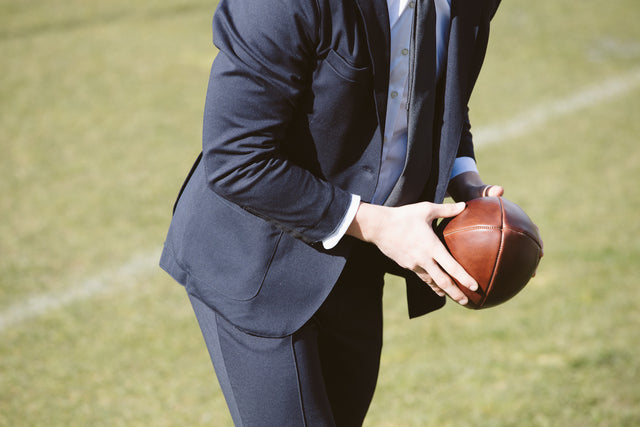The Haka: War, Respect, Love
A traditional New Zealand war cry is performed to mourn the death of former All Blacks player, Jonah Lomu.
BY BERKELEY LOH
It was this time, last year, that 8,000 people stood in the stands of New Zealand’s most famous rugby ground at Eden Park to mourn the death of former All Blacks winger, Jonah Lomu.
On November 18th, 2015, Lomu unexpectedly died in Auckland, New Zealand – where he called home. And his memorial service was nothing short of familiar to his Polynesian roots. As Lomu’s coffin made its way through the stadium by pallbearers, a traditional haka was performed: first by indigenous Māori people of Auckland’s Ngati Whatua people, then joined by ex-All Blacks players, and lastly followed by students from Lomu’s alma matter at Wesley College.
Traditionally, the first haka were performed by different Māori tribes as a choreographed war dance on the battlefield – an ancestral war cry used to scare their opponents. The intimating grunts, weapons, and aggressive facial expressions were used not only to instill fear, but were also performed for the tribe’s own morale as it gave them the courage and strength to win the battle.
Overtime, the haka evolved. They were performed for broader reasons to stress the importance of special occasions such as birthdays, local events, and weddings. It was used to symbolize community, strength, and performed for guests as a sign of respect. The New Zealand All Blacks are renown for performing a haka before every international match – a ceremonial haka symbolizing the “celebration of life triumphing over death.” No other sporting team in the world possesses a pre-match ritual as powerful and well-known as the All Black haka.
The haka has become synonymous with New Zealand, and the most performed haka called “Ka mate, Ka mate” has become a distinctive characteristic of the All Blacks. In 2005, the All Blacks performed “Kapa O Pango” for the first time at the Tri Nations Test match against South Africa, a new haka specifically composed for and about the All Blacks which translated to “team in black.” The words and actions celebrate the land of New Zealand, the silver fern and its warriors in black. Both versions are performed today at the team’s discretion.

Photo: Reuters / Dylan Martinez
The haka performed at Lomu’s public memorial service was powerful. Context is everything – and understanding the history and tradition of the haka intensifies the power of the performance; a tribe of 8,000 people, coming together as a community to express respect, pride, strength, and unity in memory of Lomu. Somehow underneath the surface of violent foot stomping, tongue protrusions, rhythmic body slapping, and loud chanting, there was a strong sense of love and sadness within the stadium. And similar to how the Māori tribes believed that performing the haka was a way for them to call upon the God of War for victory, friends and family relied on the haka to give them the mental strength for their oncoming battle – mourning the death of Jonah Lomu.
Featured Image Photo: The All Blacks perform 'Kapa o Pango' versus Australia at Eden Park in 2015. Credit: Kai Schwörer


